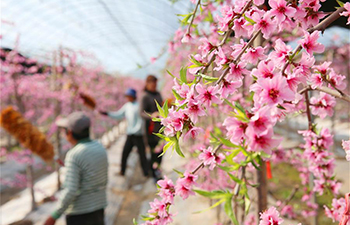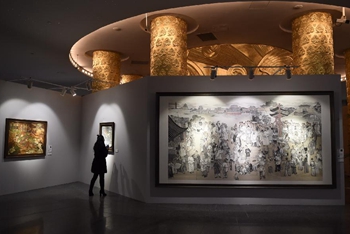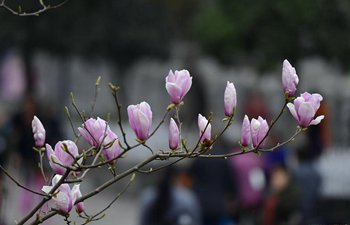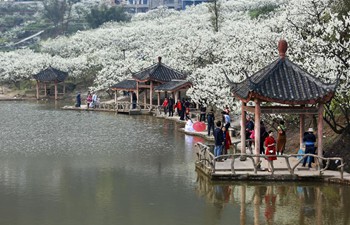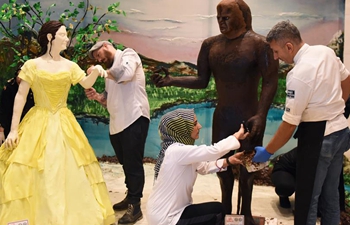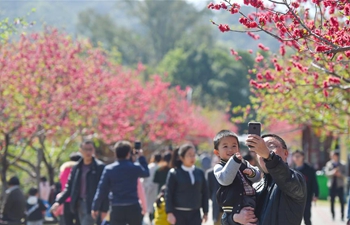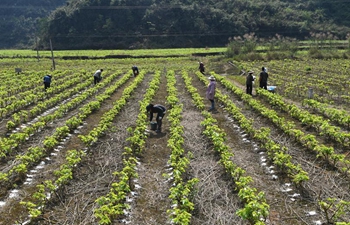by Raul Menchaca
MATANZAS, Cuba, March 13 (Xinhua) -- An over 100-year-old sugar mill, the ruins of which today house a museum, is perhaps the most important site along Cuba's Slave Route, part of an international project promoted by the United Nations Educational, Scientific and Cultural Organization (UNESCO) and the World Tourism Organization.
The old Triumvirate sugar mill, located about 15 km from the western city of Matanzas, was the scene of the first black slave uprising in Cuba against the Spanish colonialists.
The location's dazzling beauty masks a bloody history visitors can learn about at the museum housed inside the old complex.
On Nov. 5, 1843, 250 men and women who had been brought from Africa to work as slaves in the sugar cane plantation and mill owned by the powerful Alfonso family rose up against their oppressors.
Led by a slave named La Negra Carlota, the rebels killed the entire family and razed their homestead. They then continued their offensive to free others. At the nearby Acana plantation, also owned by the Alfonsos, they met the slave Fermina, who led them in the assault on the sugar mill.
The rebel slaves next attacked the Concepcion sugar mill owned by the Aldama-Alfonso family, as well as portions of coffee plantations in the area.
The rebellion was quickly quashed when Governor Garcia-Ona sent troops to surround the insurgents at the San Rafael sugar mill, where the rebel slaves were massacred by the Spanish colonial forces and their superior weapons.
"These people had been mistreated and brought by force. What predominated in them was their anger, and that turned what could have been a more coherent movement into something with a strong vengeful nature," Cuban historian Ercilio Vento told Xinhua.
Vento describes the Slave Route as a symbolic journey that unites the histories of Latin American countries that thrived on slave labor from Africa.
"This route goes through the city, which is not just a road, but records the history of the development of the sugar industry that was built on the backs of the African slaves," said Vento, 74, as he walked through the ruins of the old mill.
Latin American historians refer to Matanzas at that time as "sugarocracy," where the sugar industry boomed at the end of the 18th century. As a result, the region had the largest population of slaves at more than 100,000. As expected, the area also saw the largest number of slave rebellions.
Today at the museum, an immense sculpture by Cuban artist Alberto Lescay pays homage to Carlota and her indomitable spirit.
In 1976, the Cuban government paid its own tribute by code-naming its vast and secret military operation to back Angola's fight for independence "Operation Carlota." Enditem




